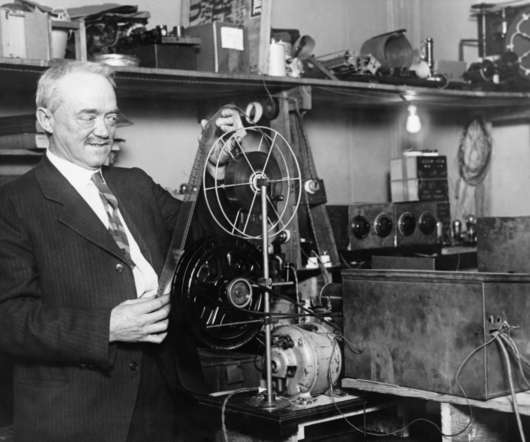Information Asymmetry: The Informed Minority Advantage
Doctor Spin
JANUARY 16, 2024
Stiglitz, who won the Nobel Prize in Economics in 2001 for analysing markets with asymmetric information. The Mole (TV Series, 2001–2008). A film adaptation of the video game of the same name, which in turn is inspired by the social deduction game Werewolf. Source: Journal of Professional Communication 9 Grunig, J.










Let's personalize your content